Southern Pea Rust Disease : Learn About Treating Rust In Cowpeas
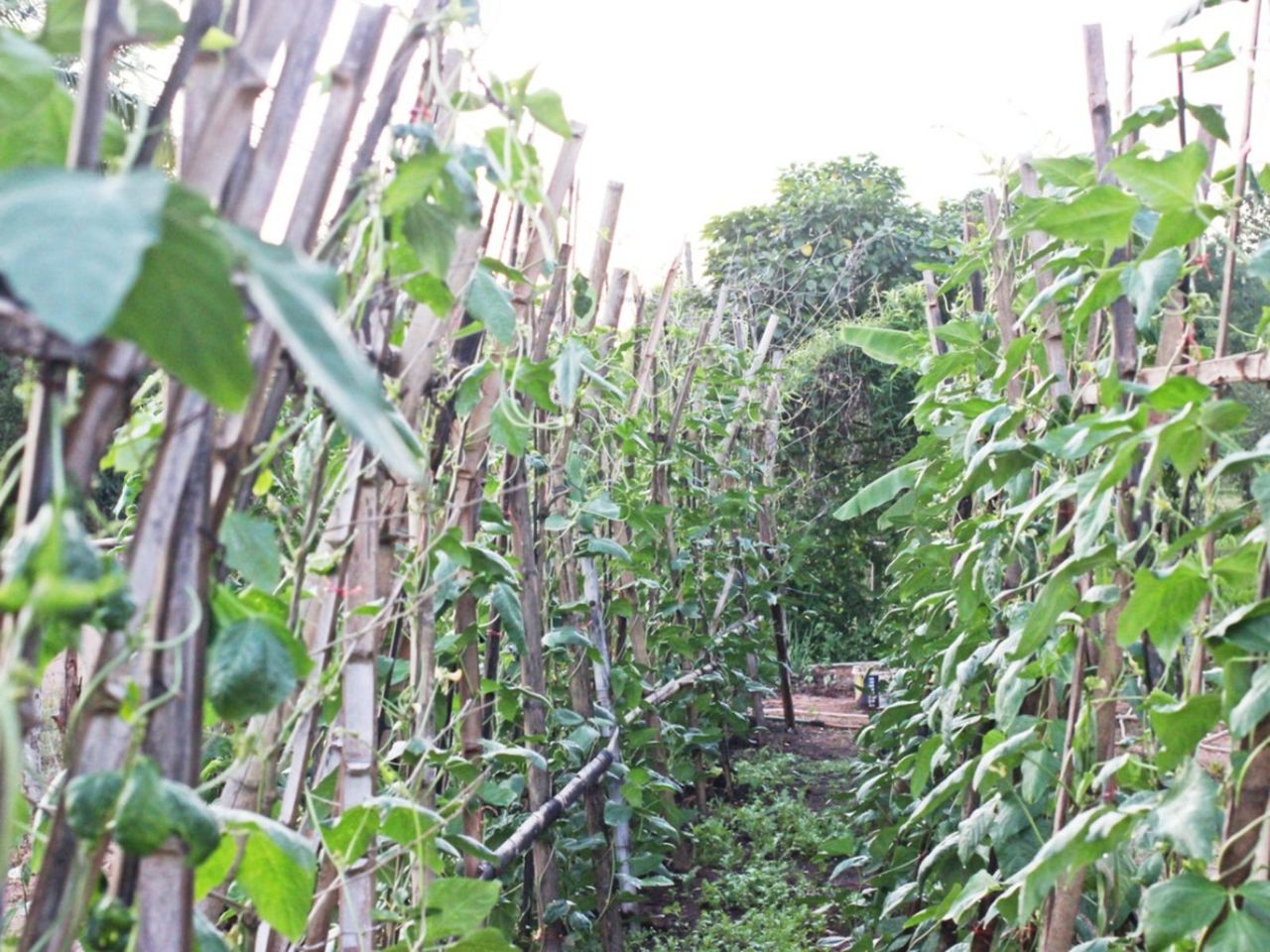

Brown pods, speckled leaves and reduced edible yield. What have you got? It may be a case of southern pea rust disease. Rust on southern peas is a common occurrence which hits both commercial and homegrown crops. If disease levels are high, complete defoliation and crop failure is possible. Luckily, many cultural controls are effective in preventing the disease, as are several other treatments.
Recognizing Cowpeas with Rust
Fresh cowpeas (black-eyed peas, southern peas) are a sweet, nutritious treat during the growing season. Along with the good sometimes comes the bad, and such is the case in southern pea vines. Rust in cowpeas or southern peas is prevalent in many regions, not just the South. It occurs during periods of warm, moist weather. There are not any listed resistant varieties yet, but scientists have isolated the genetic marker that bears resistance and new cultivars are sure to be on the way soon. In the meantime, prevention and management are key ingredients in how to treat southern pea rust. Rust on southern peas first appears as yellowing and wilting on lower leaves. The disease progresses and affects the upper leaves. The stems bear small reddish brown pustules and may have white hyphae displayed. Few pods are produced, but what does grow has brown spots and may show signs of spore. Seeds are deformed and germination is compromised. Cowpeas with rust die within a few days of showing symptoms of the disease. There are several hosts for the disease in the legume family, both wild and cultivated. The cause is the fungus Uromyces appendiculatus. If you open up a stem, you will see that the vascular system is tinted brown just above the soil line. The mycelia of the fungus form fan-like patterns at the soil line. The fungus survives over winter in infected plant debris or even support structures. Seed or transplants may also be infected. The fungus multiplies rapidly when temperatures are warm but persistent rains or humidity are present. It can affect seedlings at first leaf or mature plants that are already bearing. Crowded seedlings and lack of air flow also contribute to development of the disease as does overhead watering. Removing debris, thinning seedlings, weeding and 4- to 5-year crop rotations can have some beneficial effect. The disease can even travel on boots, clothes, and infected tools. Sterilizing and practicing good hygienic practices may help prevent or minimize occurrences of southern pea rust disease.
How to Treat Southern Pea Rust
Seeds can be treated prior to planting with a fungicide like mancozeb before planting. Other controls, such as chlorothalonil, are sprayed directly on the leaves and stems before bud emergence. If using chlorothalonil, wait 7 days before harvesting. Sulfur is also an effective foliar spray. Spray chlorothalonil every 7 days and sulfur at 10 to 14 day intervals. The best treatment is prevention. Remove plant debris or dig it deeply into soil at least 6 weeks before planting cowpeas. If possible, source disease free seeds and do not use seed from infected fields. Remove any plants in the field at the first sign of disease and spray the remaining crop immediately.
Gardening tips, videos, info and more delivered right to your inbox!
Sign up for the Gardening Know How newsletter today and receive a free copy of our e-book "How to Grow Delicious Tomatoes".

Bonnie Grant is a professional landscaper with a Certification in Urban Gardening. She has been gardening and writing for 15 years. A former professional chef, she has a passion for edible landscaping.
-
 Never Use Homemade Compost Until It Passes This Simple Radish Test
Never Use Homemade Compost Until It Passes This Simple Radish TestThe radish test is a foolproof trick for knowing whether your homemade compost is ready for planting – or if it could harm the health of your plants.
By Mary Ellen Ellis
-
 Best Trees For Containers: Create A Potted Grove On Your Porch With These 8 Compact Varieties
Best Trees For Containers: Create A Potted Grove On Your Porch With These 8 Compact VarietiesWe may not always think of trees as being obvious candidates for pots, but there are a few that not only thrive but flourish. Here are some of the best trees for containers
By Teo Spengler
-
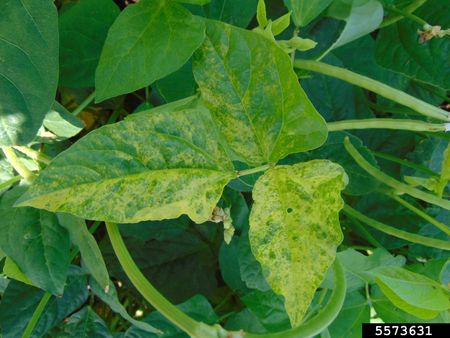 Southern Pea Mosaic Virus: Learn About Mosaic Virus Of Southern Pea Plants
Southern Pea Mosaic Virus: Learn About Mosaic Virus Of Southern Pea PlantsSouthern peas may be afflicted by a number of diseases, like southern pea mosaic virus. What are the symptoms of mosaic virus of southern peas? Learn how to identify southern peas with mosaic virus and control the virus in this article.
By Amy Grant
-
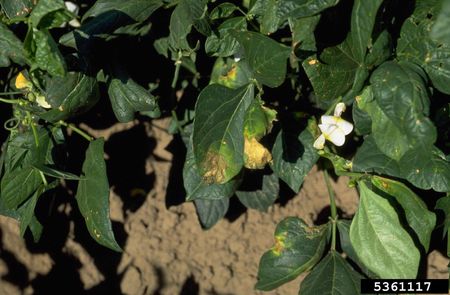 Burnt Southern Pea Leaves: Treating Southern Peas With Burnt Leaves
Burnt Southern Pea Leaves: Treating Southern Peas With Burnt LeavesSince the vegetables thrive in high heat regions, the cause of leaf burn on southern peas is rarely sunscald. Some investigation into the most common causes of leaf burn can help diagnose and treat the condition. Click here for more info on southern pea leaf burn.
By Bonnie L. Grant
-
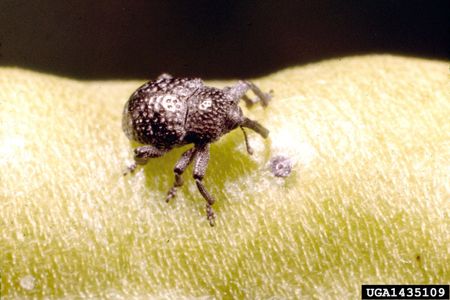 Cowpea Curculio Management – Information About Cowpea Curculio Damage
Cowpea Curculio Management – Information About Cowpea Curculio DamageThough the fast-maturing plants require minimal care, some pests could drastically impact cowpea yields. Knowing the signs of one such nuisance, cowpea curculio, will ensure that gardeners are better able to manage damage done to their plantings. This article will help.
By Tonya Barnett
-
Southern Pea Cotton Root Rot – Treating Texas Root Rot Of Cowpeas
Are you growing cowpeas or southern peas? If so, you'll want to know about Phymatotrichum root rot, also known as cotton root rot. For information about cowpea cotton root rot and its control, this article will help.
By Teo Spengler
-
Southern Pea Root Knot Nematode: Managing Root Knot Nematodes On Southern Peas
Southern peas with root-knot nematodes can suffer in multiple ways. The pathogen can damage the plants enough to reduce the harvest, but it can also make your peas vulnerable to other infections, including fungal and bacterial diseases. Learn more here.
By Mary Ellen Ellis
-
Southern Pea Pod Blight Control: Treating Pod Blight On Southern Peas
Southern peas seem to have a different name depending on what section of the country they're grown. Whether you call them cowpeas, field peas, crowder peas, or black-eyed peas, they are all susceptible to wet rot. Learn more in this article.
By Amy Grant
-
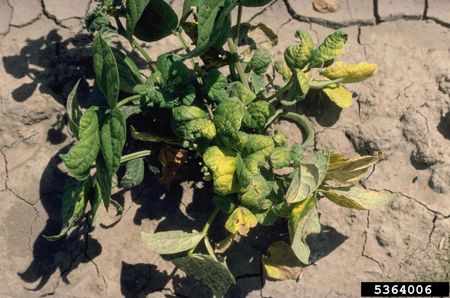 Cowpea Curly Top Virus – Learn To Manage Southern Peas With Curly Top Virus
Cowpea Curly Top Virus – Learn To Manage Southern Peas With Curly Top VirusSouthern pea curly top virus can leave your pea crop damaged if you don?t manage it. Transmitted by an insect, this virus attacks several types of garden vegetables and in southern pea or cowpeas, it can severely limit the year?s harvest. Learn more in this article.
By Mary Ellen Ellis
-
 Cowpea Leaf Spot Diseases: Managing Southern Peas With Leaf Spots
Cowpea Leaf Spot Diseases: Managing Southern Peas With Leaf SpotsLeaf spots of cowpea, which can also affect lima beans and other legumes, causes significant crop loss in the southern United States. However, the fungus isn?t limited to the southern states and can also occur in other areas. Learn more here.
By Mary H. Dyer